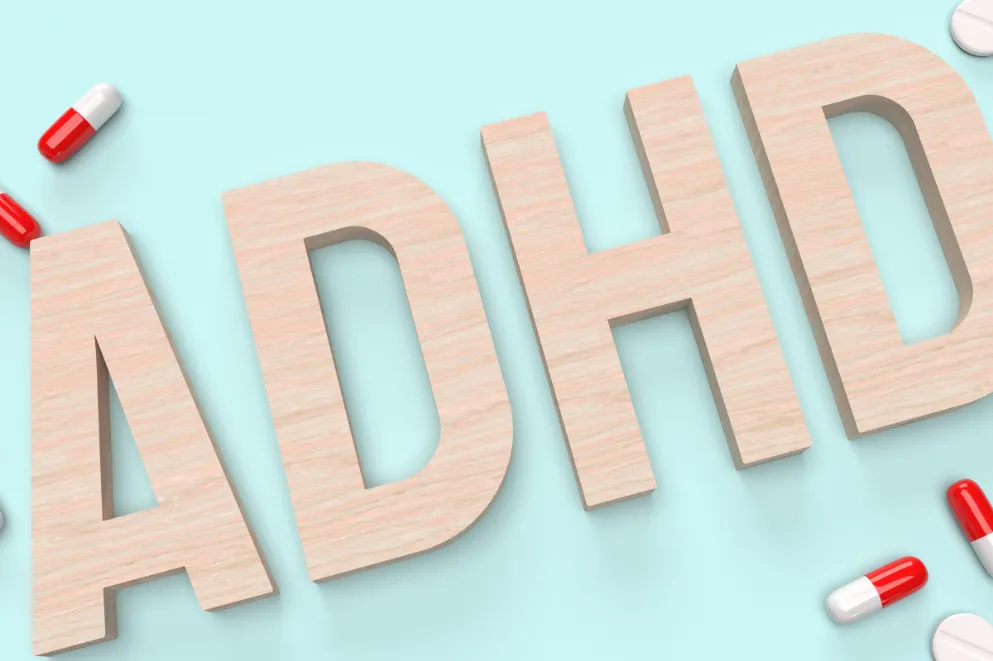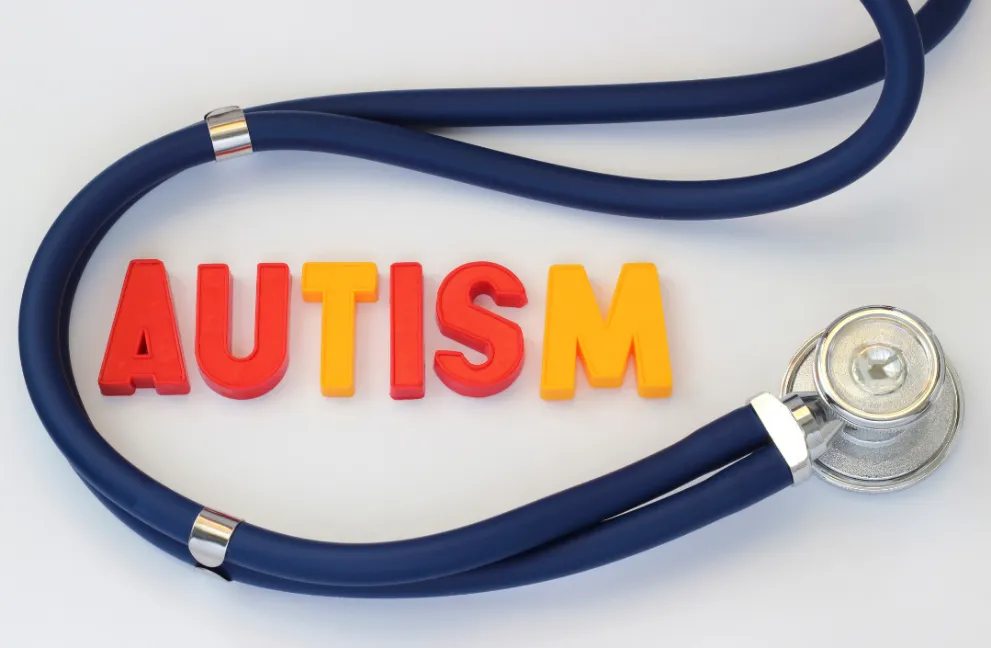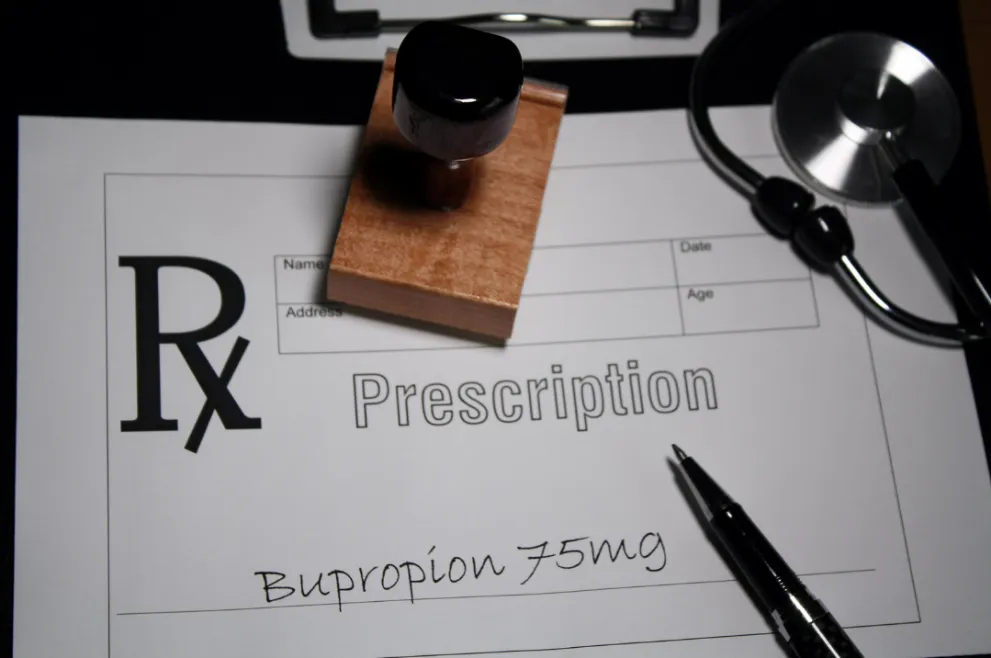Attention Deficit Hyperactivity Disorder (ADHD) is a common neurodevelopmental disorder, typically diagnosed in childhood. Often persisting into adulthood, it's characterized by hyperactivity, focus challenges, and impulsive behaviors. Not outgrown with age, ADHD can lead to academic or work struggles, low self-esteem, and tumultuous relationships.
ADHD symptoms can be managed with stimulant and non-stimulant medications. Stimulants like Adderall, Concerta, Ritalin, Focalin, and Vyvanse are the first-choice medications approved by the FDA. However, they're not for everyone and can have adverse effects. For those not responding well to stimulants, experiencing severe side effects, or seeking a non-stimulant approach, atomoxetine (Strattera) comes to the rescue. It's the first non-stimulant medication approved by the FDA for ADHD in adults and children aged six and above.
What's Strattera and How Does It Help?
Strattera is an ADHD medication acting as a selective norepinephrine reuptake inhibitor (SNRI). It increases norepinephrine levels in the central nervous system, enhancing attention span and curbing hyperactivity and impulsiveness.
Why Choose Strattera?
Strattera has some clear benefits:
- Long-lasting: Strattera surpasses some stimulants like Ritalin in its action duration, delivering effects that last 24 hours or more.
- Mild side effects: Unlike stimulants, Strattera generally doesn't cause insomnia, dependence, or withdrawal. It can even benefit individuals with ADHD and depression due to its antidepressant effects.
- Low abuse potential: Unlike stimulant ADHD medications, Strattera has a low risk of abuse or dependency, and it's not classified as a controlled substance.
What About the Downsides of Strattera?
Every medication has its cons, and Strattera is no different:
- Efficacy: Strattera is less potent than stimulants, requiring weeks of use for full effects. This might discourage some patients from continued use.
- Side effects: It can cause high blood pressure, elevated heart rate, and severe heart problems, especially in those with heart disease history.
- Risk of suicidal thoughts: Strattera may increase the risk of suicidal thoughts, especially at the start of treatment or during dosage adjustments.
Is Strattera the Only Non-Stimulant Option?
No, it's not. Other non-stimulant options for ADHD include guanfacine and clonidine (Catapres), and some antidepressants like tricyclic antidepressants and monoamine oxidase inhibitors (MAOIs). Choosing between stimulant and non-stimulant medications depends on individual circumstances. It's always best to discuss these options with a healthcare professional specializing in ADHD.
How Expensive Is Strattera?
The cost of Strattera can vary, and it can sometimes be quite expensive, particularly if your insurance doesn't cover it or you have a high copay. The average retail price for Strattera can range from $400 to $500 for a month's supply. However, you can substantially reduce this cost by using RxLess to find and compare discounts from various pharmacies. No membership or personal information is required; RxLess allows you to directly access discounts of up to 88%. By using rxless, you could find Strattera at a much lower price, making your ADHD management more affordable and less stressful. Always remember, every penny counts!
















